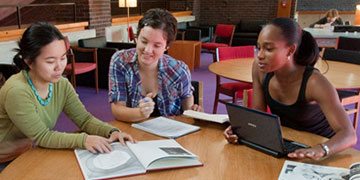To access this work you must either be on the Smith College campus OR have valid Smith login credentials.
On Campus users: To access this work if you are on campus please Select the Download button.
Off Campus users: To access this work from off campus, please select the Off-Campus button and enter your Smith username and password when prompted.
Non-Smith users: You may request this item through Interlibrary Loan at your own library.
Publication Date
2021-5
Document Type
Capstone
Study Type
EMX 301
Department
Environmental Science and Policy
Advisors
Paul Wetzel
Abstract
The coronavirus disease 2019 (COVID-19), declared a pandemic by the World Health Organization o n March 11, 2020,3 has had wide-ranging, often unforeseeable impacts around the world. Many college and university students were sent home during the Spring 2020 semester. In Fall 2020, as these institutions planned to reopen, their dining services had to rethink their operating models. As a result, they have allowed for more grab n’ go and takeout options so that students spent less time in dining halls. These adaptations have increased disposable to-go packaging waste, potentially undoing years of work to eliminate waste in dining halls across the region.
Partnering with Environmental Capstone students from Smith College, Farm toInstitution New England (FINE) designed this project to achieve three objectives:
- To learn more about the factors driving to-go packaging decisions within college dining services, including:
- ○ COVID-19 requirements and guidelines
- ○ Cost, convenience, or product availability
- ○ Waste management
- ○ Environmental and human health
- To identify innovative adaptations to decreasing packaging waste during COVID-19, and
- To aggregate resources and best practices for use by FINE’s wider network
Rights
© 2021, The authors
Recommended Citation
Birney, Chloe; Dawson, Audrey; and Slesinski, Austin, "Sustainable Packaging: College Dining Adaptations to COVID-19" (2021). Capstone, Smith College, Northampton, MA.
https://scholarworks.smith.edu/other_projects/71
Smith Only:
Off Campus Download


Comments
This project report summarizes the semester-long efforts of a team of students working on a project with a community partner. The student team gathered background information; collected data through surveys, interviews, or experiments; analyzed results, and reported findings and recommendations to the community partner and the public in an oral presentation. This report documents the combined effort of the project by the student team who wrote the report together.